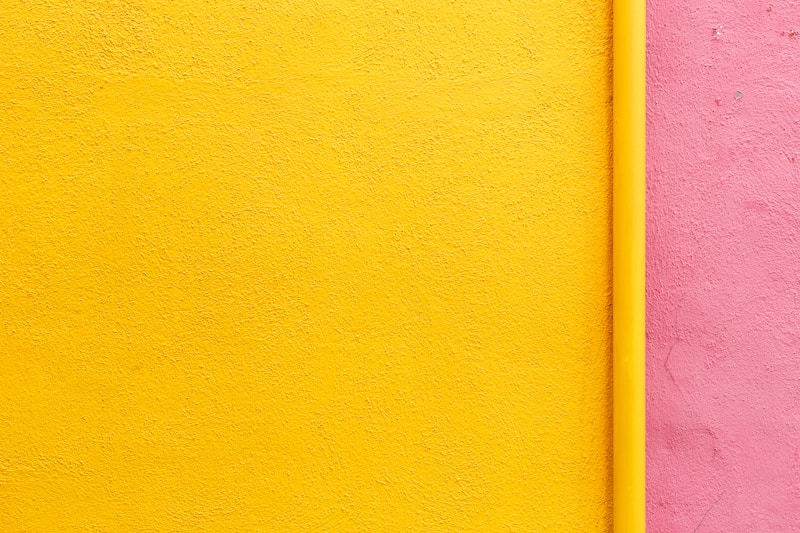Mastering the Art of Mixing Color Shades for Impact
Unlocking the Power of Color: Mixing Shades for Maximum Impact
Color is not just about aesthetics; it plays a significant role in our emotions, perceptions, and even our behaviors. The art of mixing color shades for impact can transform a dull space into a vibrant oasis or elevate a mundane design into a masterpiece. Understanding how to effectively mix colors can significantly enhance your home decor, graphic designs, and fashion choices. In this article, we'll explore the fundamentals of color mixing, the psychology behind colors, tips for creating stunning color combinations, and common mistakes to avoid.
Understanding Color Theory
To master the art of mixing color shades for impact, you first need to grasp the basics of color theory. This foundational knowledge will guide you in making informed decisions about color combinations.
The Color Wheel
The color wheel is a circular diagram that represents the relationships between colors. It is divided into primary, secondary, and tertiary colors:
| Primary Colors | Red, Blue, Yellow |
| Secondary Colors | Green, Orange, Purple (formed by mixing primary colors) |
| Tertiary Colors | Red-Orange, Yellow-Orange, Yellow-Green, Blue-Green, Blue-Purple, Red-Purple |
By understanding how these colors interact, you'll be better equipped to create striking combinations.
The Psychology of Color
Colors evoke emotions and convey messages. Knowing the psychology behind various colors can enhance your impact when mixing shades:
- Red: Passion, energy, urgency.
- Blue: Trust, calmness, professionalism.
- Green: Growth, tranquility, health.
- Yellow: Happiness, optimism, attention-grabbing.
- Purple: Luxury, creativity, mystery.
- Black: Elegance, sophistication, formality.
- White: Purity, simplicity, cleanliness.
By intentionally selecting colors based on their emotional resonance, you can create designs that connect with people on a deeper level.
Techniques for Mixing Color Shades
1. Start with a Base Color
Select a base color to build your palette around. This color will anchor your design and help in guiding your decisions about which additional shades to incorporate.
2. Use Analogous Colors
Analogous colors are located next to each other on the color wheel. They create a harmonious and cohesive look. For instance, combining blue, blue-green, and green can create a serene environment.
3. Complementary Colors for Contrast
Complementary colors are located opposite each other on the color wheel. Mixing shades like blue and orange can create striking contrast, making the combination pop and drawing attention to focal areas.
4. Experiment with Shades and Tints
Shades are created by adding black to a color, while tints are created by adding white. For example, mixing a deep blue shade with a lighter blue tint can provide depth and interest to your palette.

Practical Applications: Color Mixing in Design
The principles of mixing color shades for impact can be applied across various design fields. Let's explore how this knowledge can be used in different contexts:
Interior Design
When decorating a room, consider the mood you want to create. For instance, mixing warm colors like reds and oranges can result in an inviting and energetic atmosphere, while cool colors like blues and greens can foster tranquility.
Graphic Design
Creating visually appealing designs often relies on effective color mixing. A vibrant and attention-grabbing poster may utilize complementary colors, while a professional business presentation might focus on complementary hues of blue and green to convey trust.
Fashion Design
In fashion, color plays an important role in trends. Mixing shades in clothing can reflect seasonal changes; for example, pastel shades in the spring versus richer hues in the fall. Consider how your color choices can impact the wearer's confidence and the message the clothing conveys.
Common Mistakes to Avoid When Mixing Colors
Even experienced designers can fall into the trap of mixing colors ineffectively. Here are some common mistakes to avoid:
1. Overusing Too Many Colors
While it might be tempting to use a rainbow of colors, doing so can lead to a chaotic design. Stick to a defined color palette for a more cohesive result.
2. Neglecting Contrast
Contrast is essential for making a design visually appealing. Ensure there's enough differentiation between shades to create depth and interest.
3. Ignoring Lighting Conditions
Colors can appear differently based on lighting. Always test your chosen shades in the actual environment they will be used, as artificial lighting can alter their appearance.
Summing Up: The Art of Mixing Color Shades for Impact
In conclusion, mixing color shades for impact is a vital skill for anyone involved in design, be it interior, graphic, or fashion. Understanding the principles of color theory, the psychological effects of colors, and practical techniques for mixing shades can help you create stunning and impactful designs.
As you experiment with mixing colors, remember to avoid common pitfalls, think about your audience’s emotional responses, and don’t shy away from testing different combinations. With practice, your ability to create harmonious, impactful color schemes will undoubtedly enhance your design work dramatically. Happy mixing!